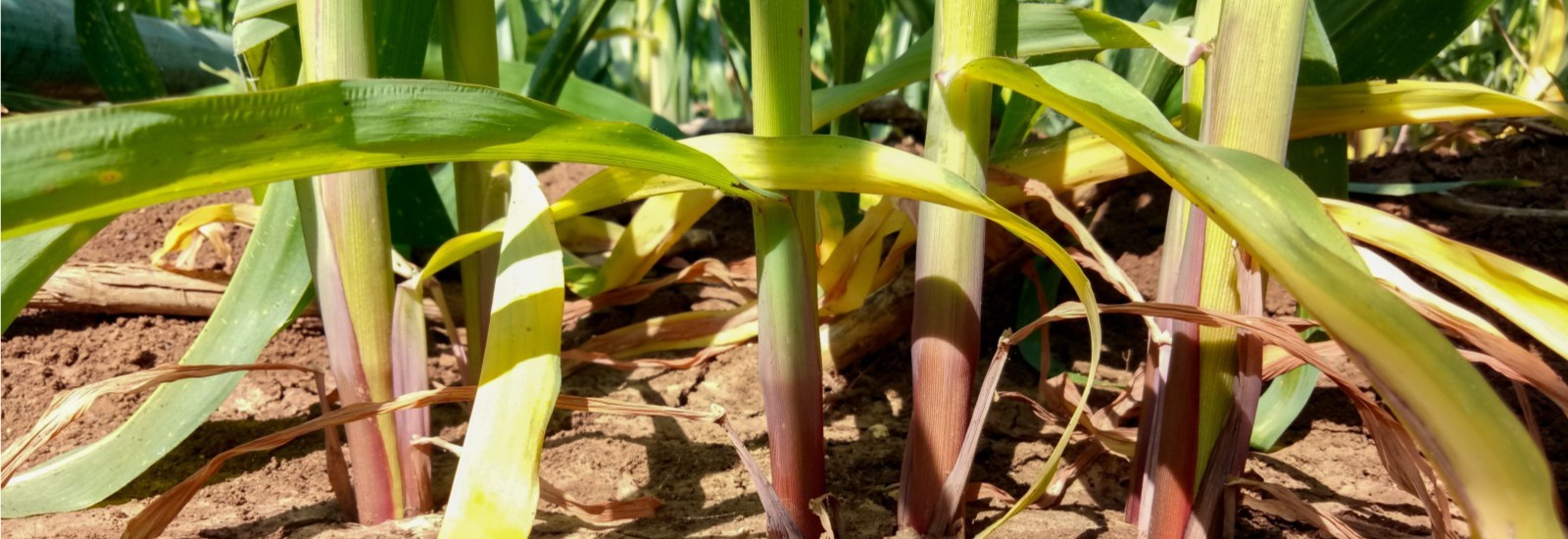Sequencing the human genome in 2003 opened up a whole new world of scientific discoveries about humans. The rapidly advancing DNA sequencing technologies also enabled scientists to see, for the first time, the staggering number of microbes that live in and around us – leading researchers on a quest to identify them and figure out what they do.
Taken together, those pursuits are called microbiome science – the study of the collection of microorganisms, such as bacteria, viruses, fungi and protozoa, that live in ecosystems.
The Ohio State University Board of Trustees heard a presentation Wednesday about the university’s proposal to establish a Center of Microbiome Science that capitalizes on Ohio State’s interdisciplinary breadth and specific research strengths in this burgeoning scientific field.
“Microbiome science is at the interface of everything in the life sciences, and we’re learning that microbiomes impact everything,” said Matthew Sullivan, professor of microbiology and the center’s founding faculty director.
After informal discussions about engaging in this fast-moving field, Sullivan and a handful of colleagues delivered a white paper on the proposed center to the Office of Research late last year.
Senior Vice President for Research Morley Stone responded with enthusiastic support for the concept, and the center’s founders declared Jan. 30 its unofficial launch date (the university governance process is required for the official establishment of research centers). The membership quickly tripled, and now 60 faculty from seven colleges constitute the center’s member affiliates.
Sullivan’s lab is home to one of Ohio State’s particular strengths in this area – the identification and study of viruses, particularly those species living in the oceans.
“The most advanced science on the planet in this space is happening right here,” said Sullivan, also co-director of Ohio State’s Infectious Diseases Institute Microbial Communities Program – which, along with the College of Arts and Sciences, were key early supporters of developing a Center of Microbiome Science.
Among Ohio State’s other microbiome research strengths: archival ice at the Byrd Polar and Climate Research Center containing microbes that have not been exposed to the atmosphere for 20,000 years and an agricultural focus on soil microbes that can help improve crop yields.
“We also have cockroaches. It turns out that studying the cockroach microbiome is a great model for disease,” Sullivan said.
Because the study of microscopic creatures and their genes generates enormous amounts of data, the center will also specialize in computational biology – making use of the Ohio Supercomputer Center, for example – to manage data and equip the next generation of investigators and students with the tools and expertise needed to continue advancing the field.
New Center of Microbiome Science is in the works at Ohio State
